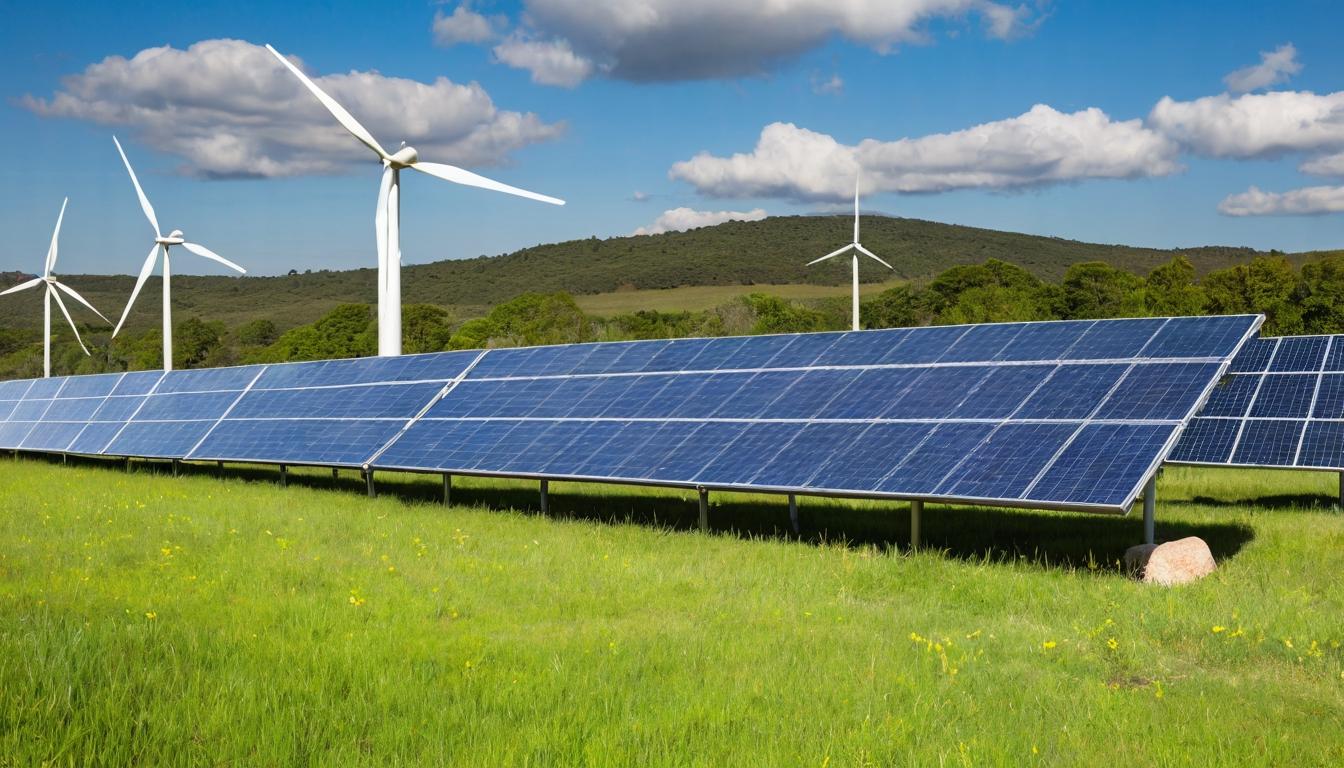In a nondescript office building outside Chicago, engineers are wrestling with a problem that could determine whether the United States meets its climate goals. They're not developing new solar panels or advanced batteries. Instead, they're staring at spreadsheets filled with numbers representing something far more fundamental: the capacity of America's aging electrical grid to accept new renewable energy projects.
The queue for grid interconnection has become the quiet choke point in the clean energy revolution. Across the country, more than 2,000 gigawatts of proposed clean energy projects—roughly double the entire existing U.S. power fleet—are waiting for permission to connect to transmission systems. The average wait time has ballooned to nearly four years, with some projects languishing for over half a decade before receiving the green light.
What's happening behind the scenes reveals a system buckling under the weight of its own success. Regional transmission organizations, the entities responsible for managing grid connections, are overwhelmed by the sheer volume of applications. Each proposal requires extensive studies to ensure it won't destabilize the grid or cause blackouts. But the current process, designed for an era of large, centralized power plants, is proving woefully inadequate for the distributed, intermittent nature of renewable energy.
Meanwhile, developers face a cruel irony: they must secure land, equipment, and financing before knowing whether their project will ever connect to the grid. Many spend millions on studies and deposits only to discover their project requires expensive upgrades they can't afford. The result? Promising clean energy initiatives are being abandoned at an alarming rate, while those that survive face ballooning costs that get passed along to consumers.
The human cost of this bureaucratic logjam extends beyond boardrooms. In rural communities from West Texas to upstate New York, landowners who signed leases for wind or solar farms watch as promised economic benefits evaporate while projects stall. Local governments that budgeted for tax revenue from new energy developments find themselves facing budget shortfalls. And workers trained for the clean energy economy find themselves waiting for jobs that may never materialize.
Some regions are faring better than others. The Southwest Power Pool has implemented reforms that have dramatically reduced wait times, while California's CAISO continues to struggle with one of the nation's most congested queues. The differences highlight how regional approaches to the same fundamental problem can yield wildly different outcomes.
Technology offers potential solutions, but implementation has been slow. Advanced grid management systems, dynamic line rating technology, and AI-powered forecasting could significantly increase existing transmission capacity without building new lines. Yet utilities and grid operators have been hesitant to invest in these innovations, preferring familiar—if inefficient—approaches.
The Federal Energy Regulatory Commission has proposed reforms that would fundamentally reshape the interconnection process. Their plan would move from a 'first-come, first-served' approach to 'first-ready, first-served,' requiring developers to demonstrate serious commitment earlier in the process. It would also mandate more efficient cluster studies and impose stricter deadlines on all parties. But the proposal faces fierce opposition from some utilities and consumer advocates who worry about shifting costs and risks.
What's often missing from the technical discussions is the sheer scale of transformation required. Connecting thousands of new renewable projects isn't just about adding capacity—it's about reimagining how we manage and operate the entire grid. The shift from predictable fossil fuel plants to weather-dependent renewables requires new thinking about everything from voltage control to emergency response.
Environmental justice advocates raise another concern: that the interconnection bottleneck could perpetuate existing energy inequalities. Projects in wealthy areas with robust infrastructure might move forward while those in disadvantaged communities face additional delays and costs. Without careful planning, the clean energy transition could leave behind the very communities that stand to benefit most.
The solution will likely require both technological innovation and regulatory courage. Some experts advocate for a massive build-out of new transmission lines, while others believe we can do more with the infrastructure we have through smarter management. The truth probably lies somewhere in between—a combination of strategic new construction and radical efficiency improvements.
As the climate clock ticks louder, the interconnection queue represents more than just bureaucratic red tape. It's a test of whether our institutions can adapt quickly enough to meet the moment. The engineers in that Chicago office building aren't just processing paperwork—they're gatekeepers of America's energy future, whether they wanted that responsibility or not.
The coming years will reveal whether we can untangle this knot before it strangles our clean energy ambitions. What's clear is that solving the interconnection problem requires seeing it not as a technical challenge alone, but as a fundamental test of our ability to transform complex systems under pressure. The stakes couldn't be higher—for our economy, our environment, and our energy security.
The hidden battle over grid interconnection that's slowing America's clean energy transition

